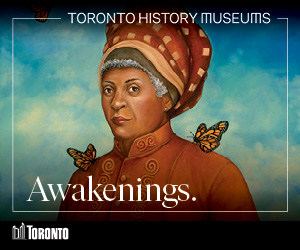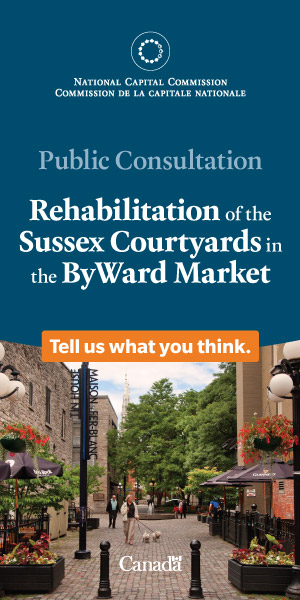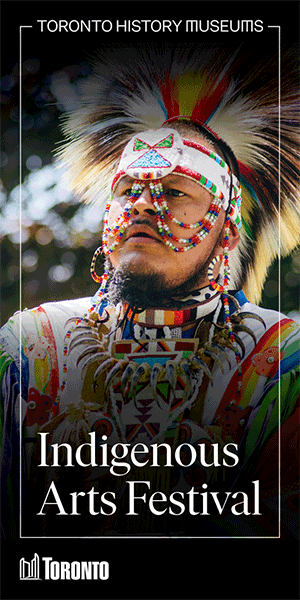
2022 has been an exceptional year of destructive wildfires in BC’s interior, of urban fires in Single Room Occupancy hotels (by accident and by arson) in Vancouver’s Downtown Eastside, and intergenerational impacts of historical “mega-fires”: colonization, cultural genocide, pandemics. Our peoples are experiencing fires that burn too fiercely, too swiftly and too big, damaging individual homes, communities, landscapes, and habitats
It’s easy to light a match, let it burn and then present fire as negative. Yet let’s remember that fire has been used by Indigenous cultures for thousands of years in ceremony and land management. Culturally managed, low intensity land fires cleared away debris, restored habitat and vegetation and made for safer communities. Cultural burning practices have been passed down from generation to generation in a process guided by Elders and knowledge-keepers.
In this second year of Honouring Our Grandmothers Healing Journey, partners are centering on keeping the fires burning: fires that burn in ourselves and in the hearts of our communities to inspire growth and renewal.
“Honouring Our Grandmothers Healing Journey originated from the Interior Salish Matriarchs and peoples of Nlaka’pamux and Secwépemc. We’re people who’ve lived with fire since time immemorial with traditional firekeepers who maintained the lands with fire for protection, warmth, and health with the natural cycle of all things. We were taught very young to respect fire through traditional teachings passed down from generations of Indigenous tribes, and Grandmothers whose spirits guide and protect us to this day.”
—Nadine Spence
Honouring Our Grandmothers Healing Journey is a multi-year (2021-2026), multi-community, multi-generational movement connecting communities of Interior Salish and Coast Salish peoples with neighbouring nations connected to the Fraser and Thompson rivers, mountains, and salmon. Through arts and ceremony, Honouring Our Grandmothers brings together family and residents who work to restore relationships between generations and communities. This fall’s journey is produced by Further We Rise Indigenous Arts Collective/Sacred Rock in partnership with Vancouver Moving Theatre/Downtown Eastside Heart of the City Festival, along with Massy Arts Society, VALU CO-OP Community Projects and Love Intersections, and Carnegie Centre/Oppenheimer Park.
“We’re acknowledging Grandmothers who traveled to the Downtown Eastside, Grandmas who’ve passed on and Grandmas who are with us now. We’re honouring their lived experiences, stories and legacies left for us to discover and share. Destroyed connections to grandmothers have torn apart families. Many don’t know the stories of entire generations before.” – Nadine Spence
During the 19th Annual Downtown Eastside Heart of the City Festival (Oct. 26-Nov. 6, 2022), two weeks of art, ceremony, teachings, and storytelling will honour lived experiences and legacies of grandmothers past and present.
At the heart of the journey are histories told through visual art on travelling chests that visit different communities and collect messages. Artwork on a community Elements message chest is created by artists of different nationalities with historical relationships with Indigenous Peoples. Nadine Spence’s painted cedar chest honours her Nlaka’pamux and Secwépemc grandmothers who lived and died in the Downtown Eastside. Nadine’s chest is the first of 13 bentwood cedar chests that will be adorned and presented over the multi-year healing journey. Ed Archie Noisecat and Mike Alexander are other contributing chest artists.
This year’s residency includes Inherent Responsibility, a cultural protocol talk with guests including David Ng and Jen Sungshine. An arriving ceremony for the community Elements chest takes place on the land in Oppenheimer Park. All are invited to contribute messages for their Grandmothers, families, lands and waters: to help celebrate, bring closure, and guide spirits home to lay to rest in ceremony at journey’s end.
A collaboratively designed window display, inspired by the community Elements message chest, will be installed in Chinatown, with artwork by visual artists Odera Igbokwe with Lydia Brown, and poetry by Stephen Lytton, Savannah Walling, and Rita Wong.
“There are many generations of healing backward and forward for all who carry pain due to genocide, race, gender, and spirituality. We all need fire, water, air, and earth to live; these common elements unite us always.” – Nadine Spence
Other Indigenous-centered events of renewal and growth at this year’s festival include:
- A reading of Hung Up by emerging Cree playwright Tyson Night;
- Hearts Beat 2022, exploring Irish and Indigenous traditions of drumming and song with lexwst’í:lem drum group;
- Always in Our Hearts, a dance film choreographed by Indigenous dance artists Sophie Dow and Olivia C. Davies that honours women whose lives have been lost to violence (O.Dela Arts);
- 8th Symposium of Reconciliation and Redress in the Arts: Stories Have Always Been Our Governance, a national dialogue co-produced with the National Urban Indigenous Coalition



















